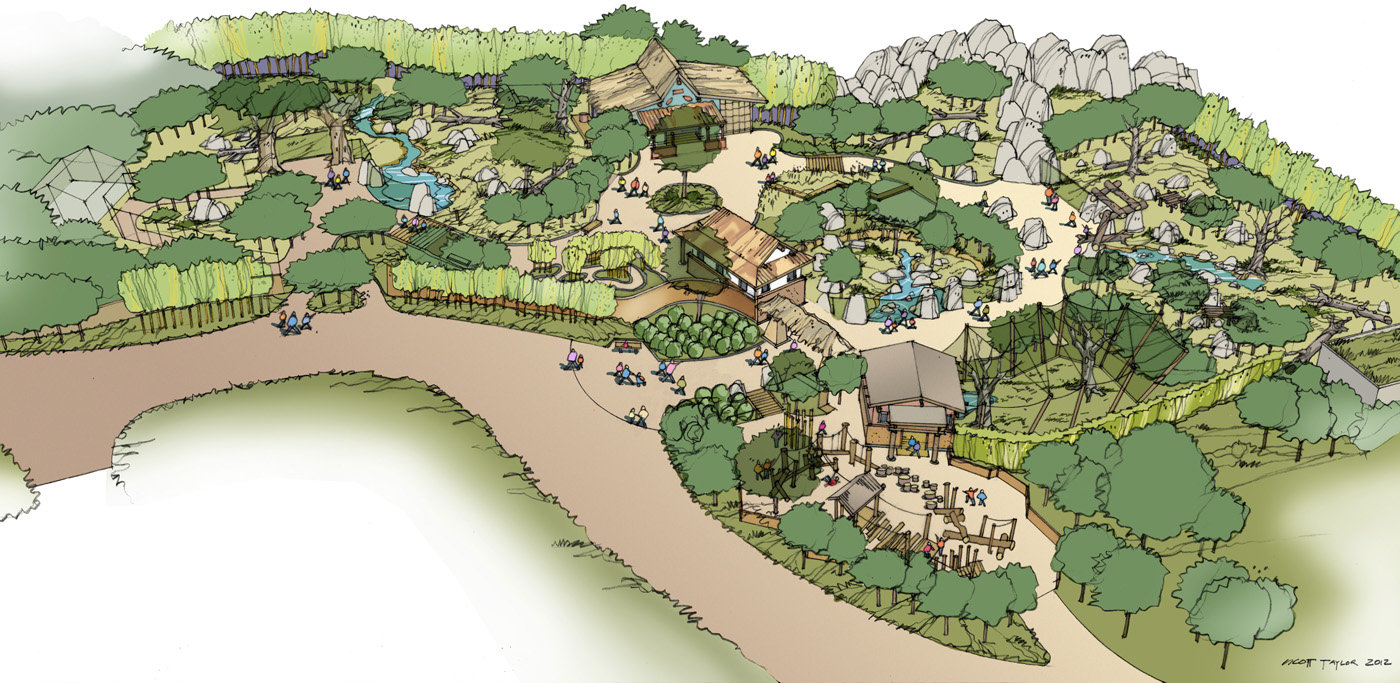Sand Cat Habitat Map

Camera-trapping and censusing small animals were the main methods of investigation.
Sand cat habitat map. Due to the remote harsh terrains of its habitat limited research has been conducted and populations. Maybe it would be better to indicate the historical extent of its habitat in one colour with a paler shade in areas where you arent sure and then overlay a different colour for the areas where the sand. Established in 1964 the IUCN Red List of Threatened Species has evolved to become the worlds most comprehensive information source on the global conservation status of animal fungi and plant species.
The Sand Cat Felis margarita is one of the few wild cat species occurring in very dry desert habitat. Instead they live in dry sandy plains and rocky valleys. The results showed that about 75 of the total area is suitable for sand cat.
Diet Sand Cats feed upon rodents birds reptiles hares and insects. The Sand Cat Felis margarita distribution is across the desert ranges of the Sahara in Africa the Arabian Peninsular and southwest Asia. Habitat includes dry open plains savannas and grasslands.
Large ears and thickly furred pads are special adaptations that allow the cat to detect underground prey and survive in extreme conditions. Their primary threats are habitat destruction from battles as well as livestock grazing and indiscriminate killing of this elusive wild cat. Habitat degradation is the biggest threat for Sand cats in the wild.
Native to southern Africa. Farmers shepherd dogs sometimes kill sand cats. Habitat suitability mapping for sand cat Felis margarita in Central Iran using remote sensing techniques Authors Shiva Torabian Alireza Soffianian Sima Fakheran Ali Asgarian Hossein Akbari Feizabadi Josef Senn Publication date 201821 Journal Spatial Information Research Volume 26 Issue 1 Pages 11-20 Publisher Springer Singapore DescriptionHabitat suitability mapping.
No subspecies are recognised although a northern and southern race is discernible within the range. A wide variety of animals including the Sand Cat Houbara Barbary Falcon Rupells Fox Sand Gazelle Arabian Oryx Arabian Sand Gecko Egyptian Spiny-tailed Lizard Dhub Desert Monitor Arabian Horned Viper and the Yellow-Spotted Agama. AbstractPrey-predator relationships can affect habitat selecti on of the animals greatly.



















